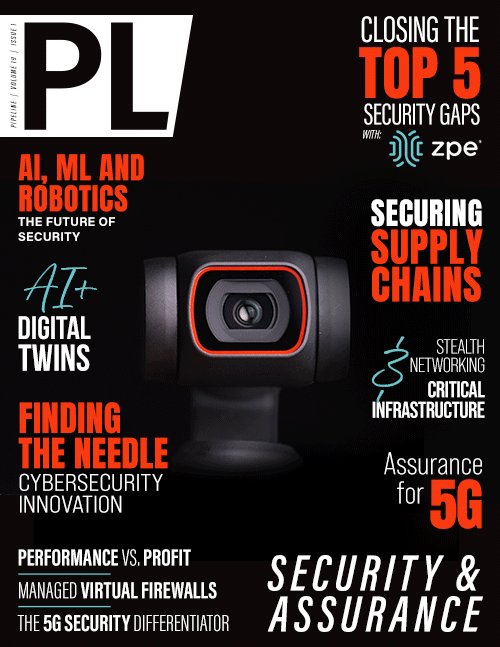Automating the Future of Data Center Security
Automation in physical
data center security
When it comes to physical security, many data centers are looking to robotics to aid in automation efforts. According to Gartner, half of cloud data centers will leverage advanced robots with AI and machine learning capabilities by 2025, which will reportedly increase data center operating efficiency by 30 percent. With a growing gap between the number of servers and storage volumes at data centers vs. the number of capable workers to oversee them, deploying robots will be critical for facilities in the coming years.
Robots have long been explored for a variety of uses in data centers. From IBM’s iRobot designed to track the data center’s temperature to the Scout bot created to monitor KAIST’s iCubeCloud Data Center, the use of robotics to streamline operations by passing off monotonous processes has a long history. Only now, however, is the technology reaching an inflection point in sophistication. In part, we can point to the COVID-19 pandemic as a catalyst, as it is suggested to have boosted the idea of “lights-out,” or unmanned data centers. The thought of a completely autonomous data center is intriguing, but also brings up the fact that operating systems remain a major vulnerability.
To ensure that the data center infrastructure management (DCIM) systems that enable prime performance, like thermal and cooling management dashboards, humidity controllers, rack monitors, and more remain secure, robotics can play a major role.
Use case: The first robotic dogs deployed in data centers
Recent technological advances have provided the opportunity to use robotics to improve security measures. To this end, Novva Data Centers employs robotic dogs—created by Boston Dynamics—that can serve several security functions. From greeting guests just like their furry, flesh and blood counterparts, to monitoring day-to-day functions, the Boston Dynamics robots are some of the first functioning technology of their kind deployed in a data center. After all, who better can we trust to sniff out threats than man’s best friend?
The robots are able to run predetermined missions throughout the data center to collect data, monitor equipment, and report any unusual activity or abnormalities, such as overheating machines, thanks to the robots’ heat sensing capabilities. The robots are equipped with facial recognition technology—so that they can report any unwelcome visitors to the control room—and are programmed with walking, object avoidance, and autonomous route navigation capabilities. On the hardware side, the robots use a thermometer to assess the atmospheric temperature in the computer rooms.
The robots are taught the current layout of the data center, and then, using a QR code system that sits about three feet above the floor throughout the building, they’re able to navigate to the correct location to perform their predefined monitoring missions.
Many leaders in the data center space point to AI technology that can integrate with DCIM systems as the next frontier in AI implementation for data center security, even though many older data centers would be hard-pressed to adopt similar technology due to a lack of mechanical equipment that can accommodate modern AI technology. However, as new buildings are constructed with the goal of employing AI and robots in similar ways, newer data center construction is expected to evolve, and physical security automation should pick up pace in the coming years as a result. This is expected to lead to multiple benefits:
- Greater ability to process massive amounts of video data to identify visitors or spot threats inside the data center or on the physical perimeter of the facility
- Reduced risk of human error in facilities
- Energy efficiencies with smarter routing of energy sourcing to servers as dictated by data being processed
- Predictive maintenance due to irregular machine or server behavior that is flagged by AI
- Prolonged use of machines due to immediate machine servicing or operational adjustments as needed
- Detection of physical anomalies, such as an employee performing a suspicious task within the data center, or a physical perimeter anomaly, such as a revisiting car or person on the street
In the fight against increasingly complex threats to data center security, modern solutions are required. Unlocking the potential of AI/ML and robotics will lead to data center security strategies that only continue to get smarter, more efficient, and cost-effective.



















